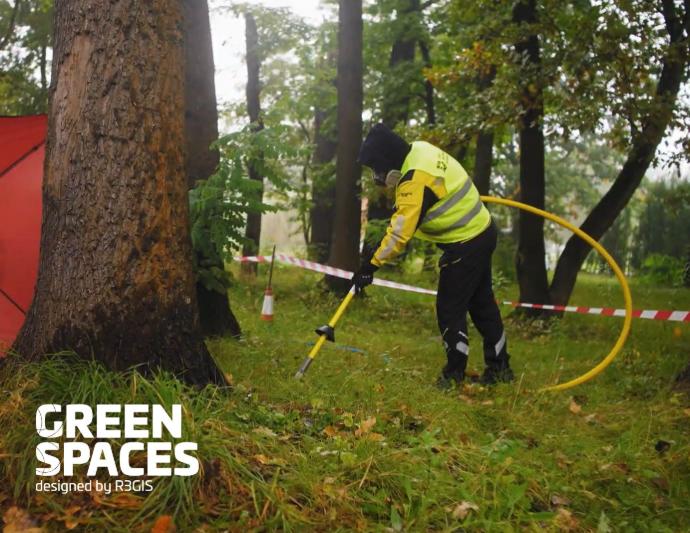Scientific Advisory Board
More Details
Research and Innovation at R3GIS
Research and innovation are core elements driving our continuous growth, enabling us to remain leaders in urban green management. Our dedicated Research and Innovation team actively identifies, develops, and implements cutting-edge ideas and technologies, enhancing our solutions and services in green maintenance.
We proactively anticipate future needs and market trends, ensuring our projects are always ahead in meeting evolving urban green space requirements, from managing public parks to maintaining urban greenery. Our research generates practical knowledge, directly informing innovative solutions in urban green care and tree management. These insights enable effective maintenance of green areas, public parks, and private gardens, ensuring healthier urban environments.
Through collaboration with leading institutions, industry experts, and governmental agencies, we acquire resources essential to bringing transformative projects to life, ensuring sustainable management of urban greenery and amenities.
Research Priorities





Science and Urban Green Management Articles

Best Practices for urban green – PART 1: the census as the foundation of informed decisions
Quality of citizens’ lives and the quality of the urban environment evolve together, but only what is measured and recorded can be managed. To maximise the ecosystem services provided by urban vegetation, cities need precise, up-to-date and operational green inventories...
Read more...

Pruning: what difference can good practices make?
Pruning is one of the most common yet most debated practices in urban tree management. It can strongly influence tree health, stability, and the ecosystem services that urban green spaces provide.
Read more...

Soil Matters: The Hidden Side of Urban Green Management
Compacted soil is a common challenge in urban green spaces. Foot traffic, construction activities, and heavy machinery can compress soil particles, reducing pore space and limiting the movement of air, water, and nutrients. This not only stresses plants but also affects microbial communities that are essential for soil health.
Read more..